- Joined
- Mar 26, 2018
- Messages
- 8,407
Hi,
I periodically check the lubrication system to make sure all is well.
In order to gain access to the upright ways and metering valves I need to remove the flood cooling panels, the table and the covers.
I should add, these covers are about .119” thick. Way overkill but really cool.
I would like to replace the gaskets between the covers and the castings. They material looks similar to what I would call butyl tape.
I worked in parts for years, the butyl tape I remember was used to seal and hold window glass into the C channels. You old timers will remember it. I’ll look for some online.
The main question I have is the very thin coating of oil I see on the V ways for the upright when slid front to back.
I have checked the flow of way oil. I am getting 6 pounds of pressure which is correct according to the manual. I can pump, flood the V ways and the flat way with an oil can, run the pump for half an hour and when I slide the upright over the ways there is a very thin coating of oil. It almost looks dry and I know it’s being oiled.
The pics show my concern areas.
Short of pulling the upright and reflaking the underside do you think this is adequate?
The table V ways still have flaking for oil retention. It’s getting thin but the machine still performs within specifications.
I’m hoping someone has experience with this machine and this issue. It’s like the mating surfaces are pushing the oil out.
The condition of the ways for the upright are good in my opinion. I can’t feel or see any galling.
The machine did sit in an unheated shop for a few years, you can see the staining but you can’t feel it. The surfaces are baby smooth.
I used precision ground stones on the ways after giving them a good cleaning with brake cleaner. I did not feel or see any obvious high spots which would be evident if there was galling.
I should add, the Bijur metering valves were replaced three years ago. I checked, watched the amount of oil coming out of each port to verify proper flow.
The machine was cleaned and the fluids and filters were also replaced. The pic of the metering valve just shows the style. I put them in the ultrasonic tank with super clean to make sure they were clean.
What are your thoughts?
Thanks, Jeff
I periodically check the lubrication system to make sure all is well.
In order to gain access to the upright ways and metering valves I need to remove the flood cooling panels, the table and the covers.
I should add, these covers are about .119” thick. Way overkill but really cool.
I would like to replace the gaskets between the covers and the castings. They material looks similar to what I would call butyl tape.
I worked in parts for years, the butyl tape I remember was used to seal and hold window glass into the C channels. You old timers will remember it. I’ll look for some online.
The main question I have is the very thin coating of oil I see on the V ways for the upright when slid front to back.
I have checked the flow of way oil. I am getting 6 pounds of pressure which is correct according to the manual. I can pump, flood the V ways and the flat way with an oil can, run the pump for half an hour and when I slide the upright over the ways there is a very thin coating of oil. It almost looks dry and I know it’s being oiled.
The pics show my concern areas.
Short of pulling the upright and reflaking the underside do you think this is adequate?
The table V ways still have flaking for oil retention. It’s getting thin but the machine still performs within specifications.
I’m hoping someone has experience with this machine and this issue. It’s like the mating surfaces are pushing the oil out.
The condition of the ways for the upright are good in my opinion. I can’t feel or see any galling.
The machine did sit in an unheated shop for a few years, you can see the staining but you can’t feel it. The surfaces are baby smooth.
I used precision ground stones on the ways after giving them a good cleaning with brake cleaner. I did not feel or see any obvious high spots which would be evident if there was galling.
I should add, the Bijur metering valves were replaced three years ago. I checked, watched the amount of oil coming out of each port to verify proper flow.
The machine was cleaned and the fluids and filters were also replaced. The pic of the metering valve just shows the style. I put them in the ultrasonic tank with super clean to make sure they were clean.
What are your thoughts?
Thanks, Jeff
Attachments
-
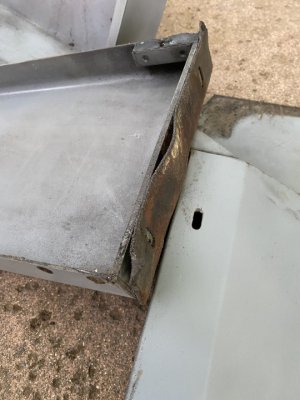 11386114-D4DE-4F36-85D2-2984E2DAC0E4.jpeg70.4 KB · Views: 113
11386114-D4DE-4F36-85D2-2984E2DAC0E4.jpeg70.4 KB · Views: 113 -
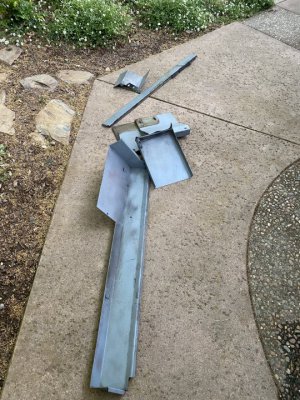 AB6932C2-858C-415C-8BB9-2AF11CECCA5B.jpeg158.6 KB · Views: 111
AB6932C2-858C-415C-8BB9-2AF11CECCA5B.jpeg158.6 KB · Views: 111 -
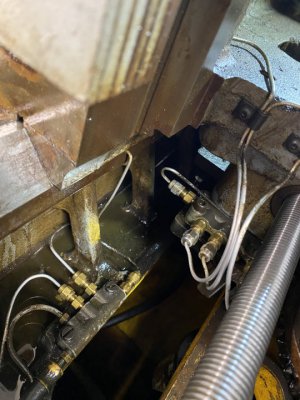 688FAA52-4757-495E-AB43-74CD137674E8.jpeg88.7 KB · Views: 107
688FAA52-4757-495E-AB43-74CD137674E8.jpeg88.7 KB · Views: 107 -
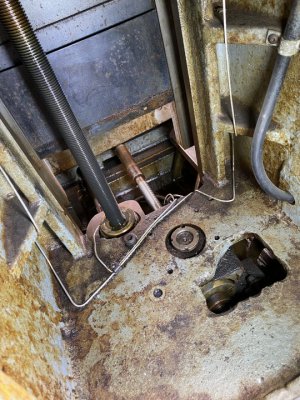 C4680C74-3ED8-4D05-B181-9F9B6FAC7CE8.jpeg145.1 KB · Views: 109
C4680C74-3ED8-4D05-B181-9F9B6FAC7CE8.jpeg145.1 KB · Views: 109 -
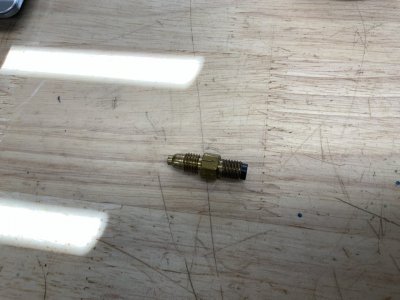 DD7C5DDD-7F0E-4F43-92F4-CB0CA99A28CD.jpeg115.9 KB · Views: 107
DD7C5DDD-7F0E-4F43-92F4-CB0CA99A28CD.jpeg115.9 KB · Views: 107 -
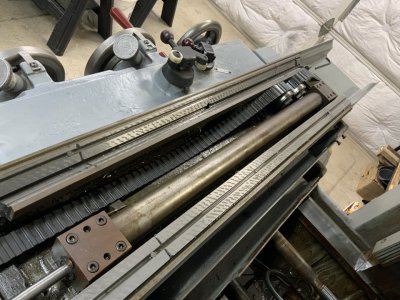 BE4A0C8D-00B2-43A9-8DCB-666C2E5701CA.jpeg168 KB · Views: 99
BE4A0C8D-00B2-43A9-8DCB-666C2E5701CA.jpeg168 KB · Views: 99 -
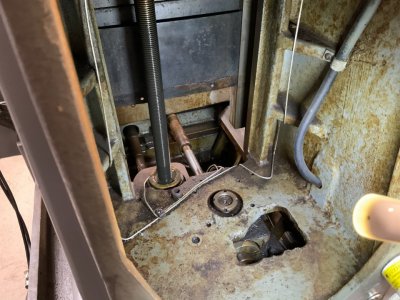 2B5667F5-1594-4306-A787-49CDBEE88CF9.jpeg157.6 KB · Views: 97
2B5667F5-1594-4306-A787-49CDBEE88CF9.jpeg157.6 KB · Views: 97 -
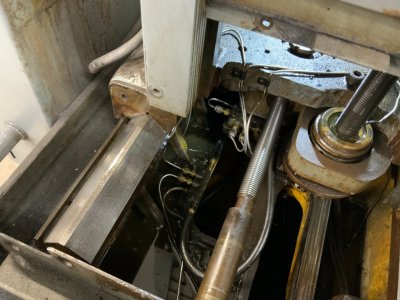 1731E703-10DA-434C-8154-5C0B5FC10E1E.jpeg137.9 KB · Views: 106
1731E703-10DA-434C-8154-5C0B5FC10E1E.jpeg137.9 KB · Views: 106 -
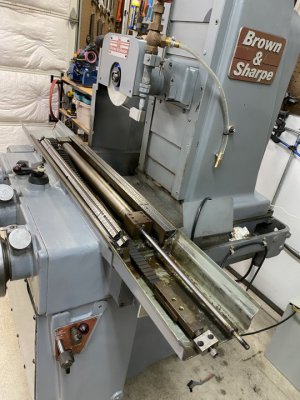 E1C7F427-0234-4018-932A-942B0C854E4E.jpeg97.7 KB · Views: 103
E1C7F427-0234-4018-932A-942B0C854E4E.jpeg97.7 KB · Views: 103 -
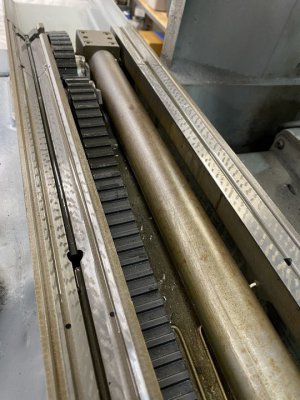 2EA93AEF-2667-4B11-9D49-E2EB0006D1F6.jpeg95.5 KB · Views: 94
2EA93AEF-2667-4B11-9D49-E2EB0006D1F6.jpeg95.5 KB · Views: 94 -
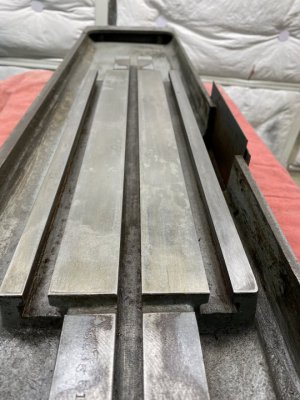 666B6ADA-0169-43BB-B6AF-9001DDF6C1F7.jpeg86.5 KB · Views: 98
666B6ADA-0169-43BB-B6AF-9001DDF6C1F7.jpeg86.5 KB · Views: 98 -
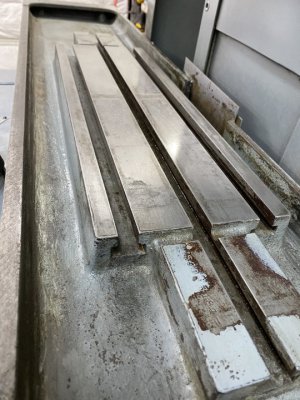 5BB2B64E-0265-446A-A674-CF1EFB6D5626.jpeg101 KB · Views: 93
5BB2B64E-0265-446A-A674-CF1EFB6D5626.jpeg101 KB · Views: 93 -
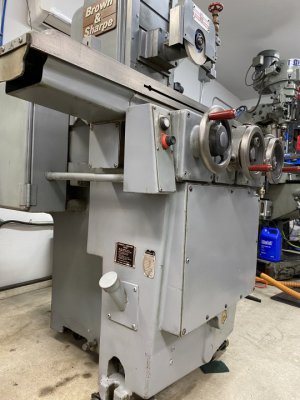 F6BE0A0A-85E7-4B33-BB10-53DCCA8043DF.jpeg80.8 KB · Views: 96
F6BE0A0A-85E7-4B33-BB10-53DCCA8043DF.jpeg80.8 KB · Views: 96 -
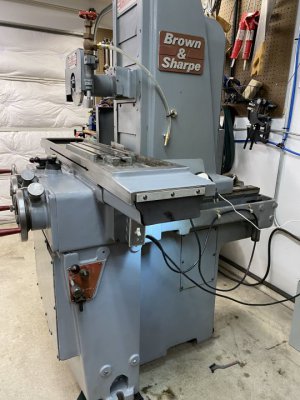 2260CF42-720C-429A-AAA6-2EF661180964.jpeg89.7 KB · Views: 101
2260CF42-720C-429A-AAA6-2EF661180964.jpeg89.7 KB · Views: 101 -
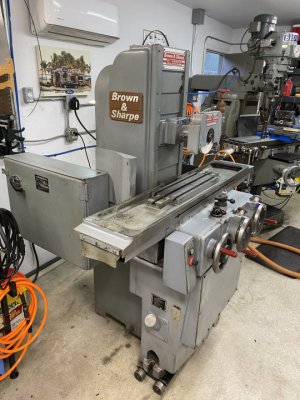 21FB7230-C250-4662-8871-9E04CB7FC07D.jpeg102.7 KB · Views: 105
21FB7230-C250-4662-8871-9E04CB7FC07D.jpeg102.7 KB · Views: 105 -
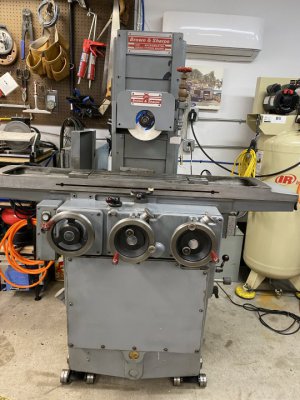 04EB6812-B73D-4310-B48D-4C6991C31CE9.jpeg100.3 KB · Views: 107
04EB6812-B73D-4310-B48D-4C6991C31CE9.jpeg100.3 KB · Views: 107 -
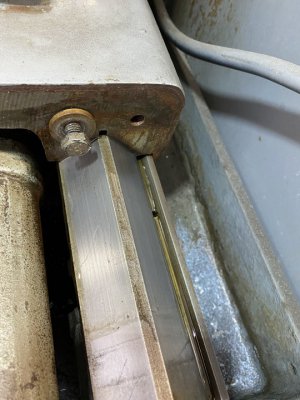 489031A0-9D41-4846-879D-AEFA2A7A56A6.jpeg86.9 KB · Views: 101
489031A0-9D41-4846-879D-AEFA2A7A56A6.jpeg86.9 KB · Views: 101 -
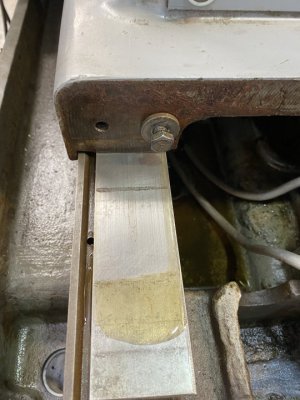 7766E8A6-813E-436E-B7CE-F4FADAD752D0.jpeg79.8 KB · Views: 114
7766E8A6-813E-436E-B7CE-F4FADAD752D0.jpeg79.8 KB · Views: 114

